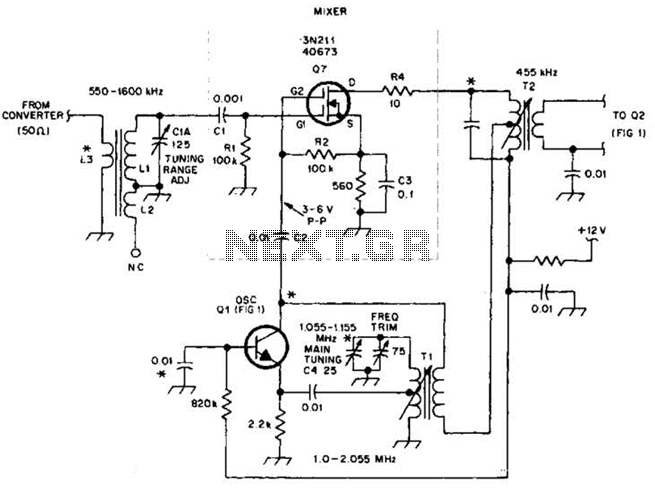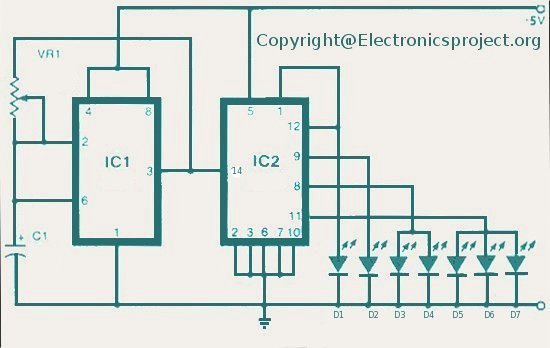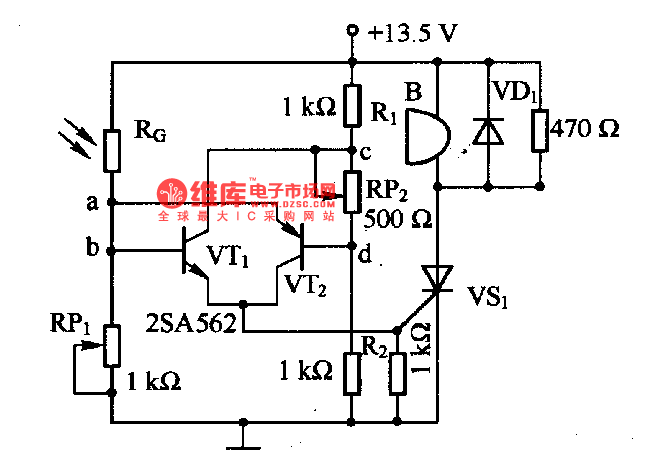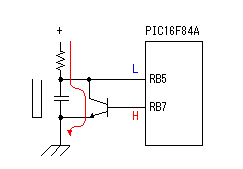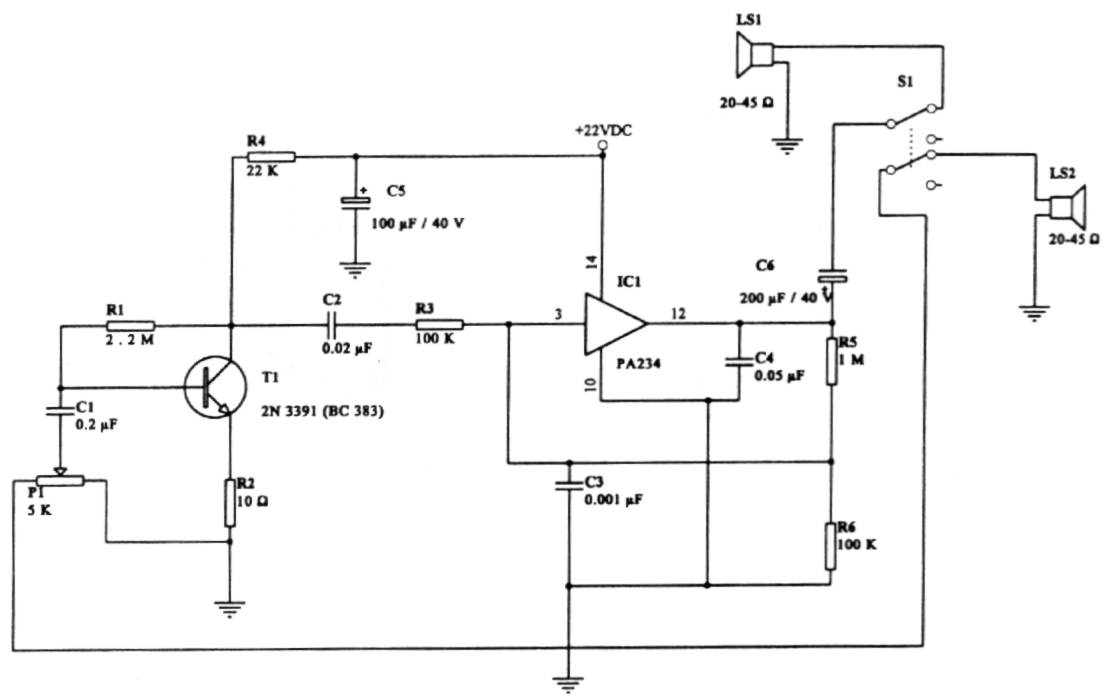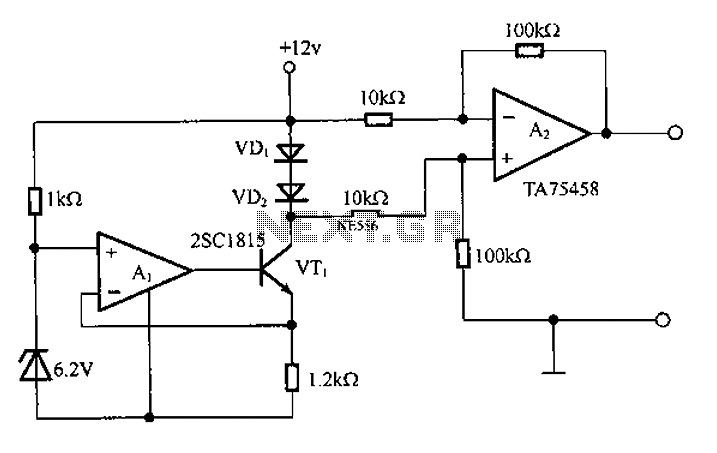
Chevy S-10 Blazer Ignition Control (IC) Circuit Wiring Diagram
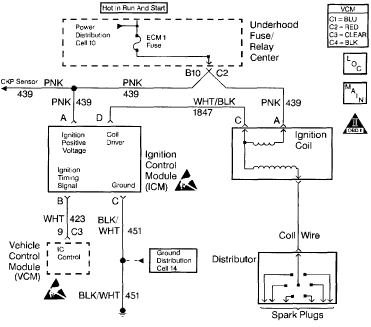
Chevy S-10 Blazer Ignition Control (IC) Circuit Wiring Diagram.
The Chevy S-10 Blazer ignition control circuit is a critical component in the vehicle's ignition system, responsible for managing the timing and operation of the engine's spark plugs. The circuit typically includes several key components such as the ignition coil, the ignition control module (ICM), and various sensors that provide feedback to the ICM for optimal performance.
The wiring diagram for the ignition control circuit outlines the connections between these components, ensuring that the ignition coil receives the necessary signals to generate high-voltage sparks. The ICM interprets signals from the crankshaft position sensor and camshaft position sensor to determine the precise timing for spark delivery. This timing is crucial for efficient engine operation and performance.
In addition to the primary components, the wiring diagram may also depict connections to the battery, fuses, and other related circuits that provide power and protect the ignition system from electrical faults. Proper understanding and adherence to this wiring diagram are essential for troubleshooting ignition issues, performing repairs, or upgrading the ignition system.
When working with the ignition control circuit, it is important to ensure that all connections are secure and that the components are functioning correctly. Any faults in the circuit can lead to misfiring, reduced engine performance, or failure to start. Therefore, a comprehensive understanding of the wiring diagram and its components is vital for maintaining the vehicle's ignition system effectively.Chevy S-10 Blazer Ignition Control (IC) Circuit Wiring Diagram. 🔗 External reference
The Chevy S-10 Blazer ignition control circuit is a critical component in the vehicle's ignition system, responsible for managing the timing and operation of the engine's spark plugs. The circuit typically includes several key components such as the ignition coil, the ignition control module (ICM), and various sensors that provide feedback to the ICM for optimal performance.
The wiring diagram for the ignition control circuit outlines the connections between these components, ensuring that the ignition coil receives the necessary signals to generate high-voltage sparks. The ICM interprets signals from the crankshaft position sensor and camshaft position sensor to determine the precise timing for spark delivery. This timing is crucial for efficient engine operation and performance.
In addition to the primary components, the wiring diagram may also depict connections to the battery, fuses, and other related circuits that provide power and protect the ignition system from electrical faults. Proper understanding and adherence to this wiring diagram are essential for troubleshooting ignition issues, performing repairs, or upgrading the ignition system.
When working with the ignition control circuit, it is important to ensure that all connections are secure and that the components are functioning correctly. Any faults in the circuit can lead to misfiring, reduced engine performance, or failure to start. Therefore, a comprehensive understanding of the wiring diagram and its components is vital for maintaining the vehicle's ignition system effectively.Chevy S-10 Blazer Ignition Control (IC) Circuit Wiring Diagram. 🔗 External reference
